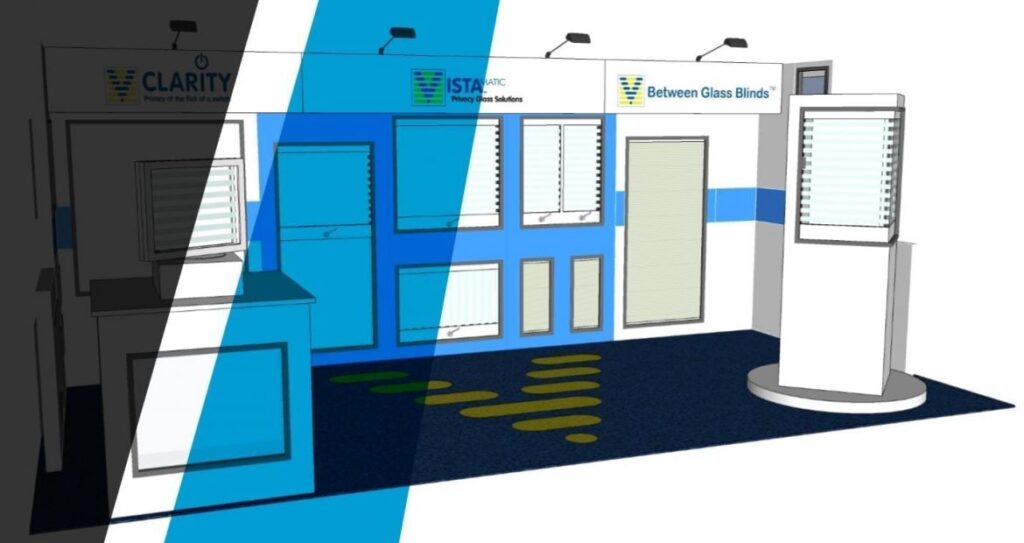Privacy in the Modern Healthcare design
August 18, 2021The Shift Toward Healing-Centered Healthcare Design
Organizations like Planetree and The Center for Health Design have led the change towards healthcare design. Their research supports the idea that patients heal better in welcoming, less clinical environments. As a result, many healthcare spaces now feel more like hotels than institutions.
How Policy Has Influenced Design
Federal policies have also played a role. The HIPAA law, passed in 1996, transformed how facilities manage privacy—covering everything from spoken conversations to electronic records. More recently, the Affordable Care Act expanded access to care. It also placed more responsibility on facilities to keep patients healthy and out of hospitals whenever possible.
Privacy Beyond Medical Records
When we think of healthcare privacy, we often think of data protection. However, a patient’s physical privacy is just as important. People need space to feel safe while being examined, treated, or recovering. Privacy supports emotional comfort and speeds up the healing process.
Hygiene and the Problem with Curtains in Healthcare Design
Privacy solutions must also meet hygiene standards. Curtains and blinds are common, but they collect dust and require frequent cleaning. In modern healthcare environments, they may no longer be the best option.
Patient Satisfaction and Financial Impact
Privacy isn’t just about comfort—it affects hospital performance scores too. The HCAHPS survey measures patient satisfaction. Low scores can reduce reimbursement rates. Several HCAHPS questions relate directly to privacy, which means design decisions can impact funding.
A Push for Private Patient Rooms in Healthcare Design
The rise of evidence-based design supports private rooms for patients. Sharing a room with a stranger can be uncomfortable. But simply closing the door isn’t enough. If the space doesn’t prevent people from seeing or hearing each other, true privacy isn’t achieved.
The Future of Healthcare Design
Designers face a big challenge. Healthcare spaces must be efficient, safe, and easy to clean. But they also need to support emotional well-being. Thoughtful, high-quality privacy solutions are essential to achieving this balance. With the right approach, hospitals can deliver care that feels both professional and personal.


